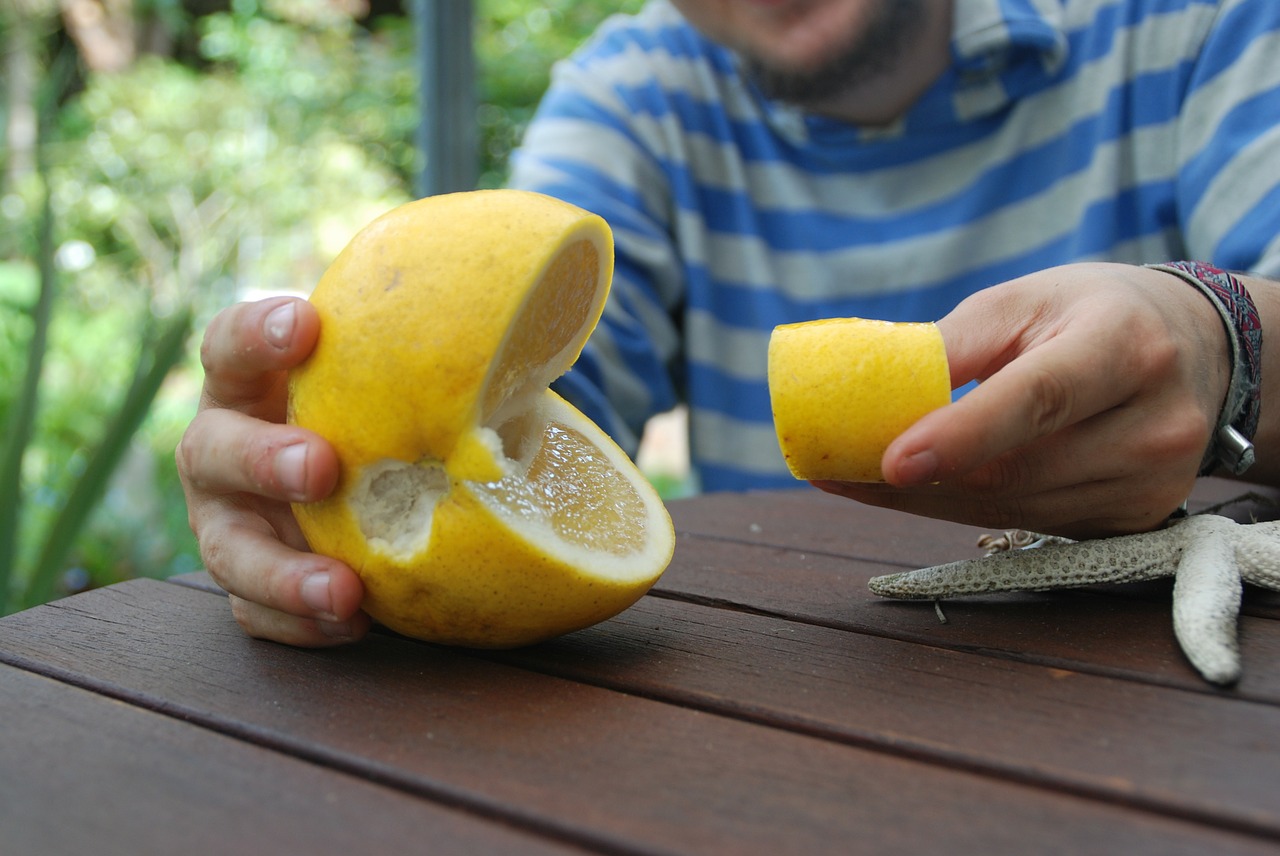Learning is something we do from the day we are born. It is a natural process, but how well we absorb that new information in the classroom, training session or even online is down to the quality of instruction.
Why is it that some teachers and trainers get better results for their students than others? There are many answers to this such as great subject knowledge, ability to engage students, use of teaching methods proven to be effective… it is complex.
One simple answer is that they are better able to explain concepts to their students.
How?
A way of doing this effectively is knowing your pupils, and linking new concepts to what they already know.
Let’s have a look at one example: the definition of a fruit in this case. If you know what a pomelo is, please pretend you don’t for this exercise!

A pomelo is a very large, yellow or orange citrus fruit of a tree, Citrus maxima, of southeastern Asia. The rind is very soft and easy to peel away. The fruit inside has a light yellowish pink flesh and can vary from juicy to dry. The taste could be described as spicy or tart but this varies slightly fruit to fruit.
Would the juice of a Pomello mix well with orange juice?
I suspect that you will have an idea, but not be entirely sure.
If instead you were given the following description:

A pomelo is basically a super-sized grapefruit with a very thick rind.
By linking to what your student already knows, you have bridged a gap, and quickly shared information that would otherwise be hard to visualise.
Having read this, how do you feel you could simplify some of the overarching fundamental concepts you are trying to teach? How can you link it to what all of your pupils already know?

